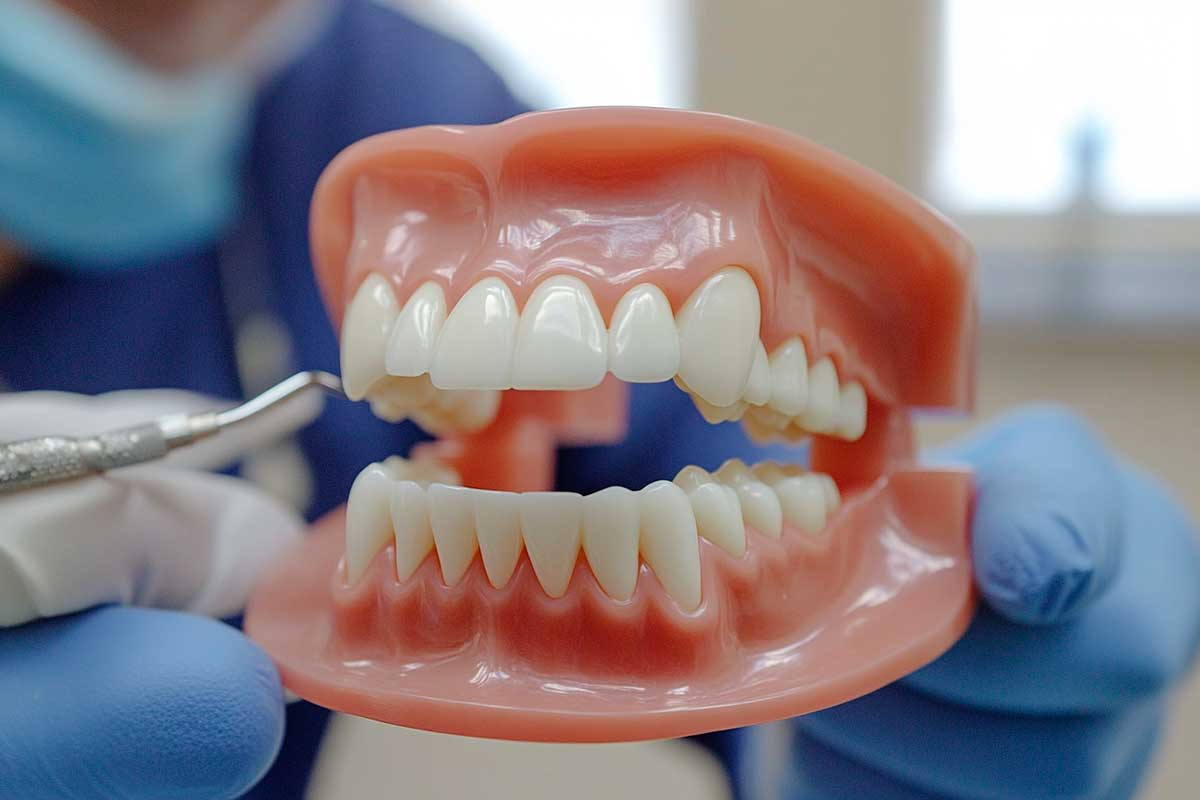
TMJ
Watch our video about TMJ
TMJ (Temporomandibular Joint) treatment is designed to alleviate the pain and dysfunction associated with disorders of the jaw joint and the surrounding muscles. The temporomandibular joint connects the jawbone to the skull, allowing for smooth movements such as chewing, speaking, and yawning. When this joint becomes misaligned or damaged, it can lead to Temporomandibular Joint Disorder (TMD), causing discomfort, pain, clicking sounds, or difficulty moving the jaw.
TMJ treatments focus on relieving these symptoms and restoring normal function to the jaw. Treatment plans vary depending on the severity of the condition and may include both non-invasive and surgical options.
Types of TMJ Treatments
Non-Surgical TMJ Treatments
Non-surgical treatments are often the first line of defense in managing TMJ disorders. These treatments aim to reduce inflammation, relax the jaw muscles, and improve the function of the joint. Common non-surgical approaches include:
Oral appliances (splints or mouthguards): Custom-made mouthguards can help prevent teeth grinding (Bruxism) and reduce strain on the jaw joint by promoting proper alignment. These devices are worn while sleeping or throughout the day, depending on the patient’s needs.
Physical therapy: Exercises focused on strengthening the jaw muscles, improving flexibility, and reducing tension can significantly alleviate TMJ symptoms. Techniques such as jaw stretches, massage, and posture training are often included in therapy.
Medications: Anti-inflammatory drugs, muscle relaxants, and pain relievers may be prescribed to manage pain and inflammation. In some cases, corticosteroid injections can be used to reduce severe swelling.
Non-surgical TMJ treatments are typically effective for many patients, offering relief from pain and improving jaw function. These treatments often require consistent use of appliances and adherence to physical therapy regimens for optimal results.
Surgical TMJ Treatments
Surgical options are considered when non-surgical treatments fail to provide sufficient relief or when TMJ issues are caused by structural damage to the joint. Surgical procedures may include:
Arthrocentesis: A minimally invasive procedure in which the jaw joint is flushed with sterile fluid to remove debris and reduce inflammation. This procedure is performed on an outpatient basis and is ideal for patients with minor joint dysfunction.
Arthroscopy: This minimally invasive surgery uses a small camera (arthroscope) inserted into the joint through a small incision. The surgeon can remove inflamed tissue or reposition the joint, providing relief for moderate to severe TMJ disorders.
Open joint surgery: For more severe cases, where there is significant joint damage or structural abnormalities, open joint surgery may be necessary to repair or replace the temporomandibular joint.
Surgical treatments are typically reserved for patients with chronic, debilitating TMJ issues, and recovery times vary depending on the procedure performed.
Advantages of TMJ Treatment
The benefits of TMJ treatments are significant, offering relief from the following symptoms:
- Pain relief: TMJ treatments are highly effective in reducing or eliminating pain in the jaw, face, and neck.
- Improved jaw function: Restoring proper movement and function of the jaw helps patients chew, speak, and yawn without discomfort or locking.
- Preventing further damage: Early intervention with non-surgical methods can prevent worsening of the condition, reducing the likelihood of needing surgery later.
Most non-surgical treatments begin to show results within a few weeks, while surgical treatments may require a longer recovery period but provide long-term relief.
Prevention of TMJ Disorders
Preventive measures can reduce the risk of developing TMJ disorders or help manage existing conditions:
- Avoid clenching and grinding: Awareness of teeth clenching or grinding during the day and using a mouthguard at night can protect the TMJ from strain.
- Maintain good posture: Poor posture, particularly when using computers or phones, can affect the alignment of the jaw. Practicing good posture can help reduce TMJ strain.
- Stress management: Reducing stress through relaxation techniques can minimize the risk of jaw tension and bruxism.
Frequently Asked Questions (FAQ)
1. How long does TMJ treatment take?
Non-surgical treatments can provide relief within a few weeks to a few months, depending on the severity of the condition. Surgical treatments may require several months for full recovery.
2. Are TMJ treatments painful?
Non-surgical treatments, such as physical therapy or mouthguards, are generally painless. Surgical treatments may involve discomfort during recovery, but pain is managed with medication and post-operative care.
3. What causes TMJ disorders?
TMJ disorders can result from jaw injuries, arthritis, teeth grinding, or misalignment of the teeth and jaw. Stress can also contribute to TMJ problems by causing muscle tension in the jaw.
TMJ Treatment at Clinic Consultation
At Clinic Consultation, our expert team provides comprehensive TMJ treatment, offering both non-surgical and surgical solutions tailored to each patient’s needs. We focus on relieving pain, restoring jaw function, and improving quality of life.
Book an appointment today to learn more about TMJ treatment at Clinic Consultation and begin your journey to pain-free living.
Click the button below to schedule your appointment online.